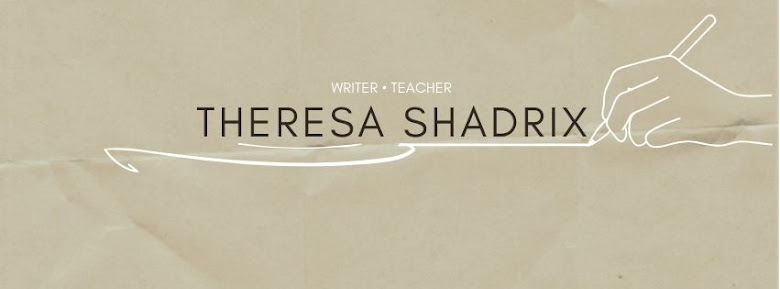by Theresa Shadrix
LongLeaf Style
June 2006
The influence of the sun is legendary, mythical and powerful. For thousands of years the sun has been the object of worship, whether by agrarians praying for perfect light or by the faithful seeking favor from their supreme deity. The Greeks built the sixth wonder of the world, the Colossus of Rhodes, in honor of Helios, mythological god of the sun, and held Olympic Games in Rhodes to pay homage to him. In ancient Egypt, Ra, the sun-god, was considered the first king, and his son, pharaoh, was the god’s representative on earth.
Chae Mi Madden knows the signs of the modern-day sun worshipper, but not by cipher of a spiritual message or dedication to doctrine. She believes the face tells no lies, and with one look she can identify a follower who seeks not gold-lined streets but a golden skin.
“I just don’t understand it,” says Madden, a master cosmetologist for six years and owner of Monet Day Spa in Anniston. “I have seen many women come in for facials after too much sun, and it damages it.” Why risk premature wrinkles, leathery skin, age spots and melanoma in pursuit of a tan, she wonders, when “the natural skin is so beautiful.”
Madden has made a career of converting sun worshippers to sunscreen believers while repairing wounded skin. “There is no such thing as a good tan [from the sun],” she says. “The sun dehydrates the skin. I can do healing facials to recover it, but it takes time. You will never fully recover from sun damage.”
Madden uses treatments such as microderm abrasion and hydro- and healing facials. She employs a device called the LaFleur Repairer, which she says stimulates damaged skin and decreases wrinkles with electromagnetic energy. She does not perform medical treatments for damage from ultraviolet rays. Instead, she urges men and women to seek the advice of their doctor or a dermatologist if they have suspicious spots on their faces or bodies.
Of Asian decent, Madden spends much of her day mothering women, mostly Caucasian, about the dangers of neglecting to wear sunscreen and of using tanning beds. Although her spa has one tanning bed, she prefers to see clients come in for a spray-on tan or apply a “tan-in-a-bottle.” She advises them all to use sunscreen daily to protect their skin.
Although Madden sees sun-damaged skin nearly every day, the danger hit close to home when she learned that Monet employee Anel Petroff had a skin lesion removed from her face four years ago. Says Petroff, “I don’t leave the house in the morning without sunscreen now.” Petroff glows from her most recent facial and grins proudly at the mention of the lack of a scar, which she attributes to the skills of her dermatologist and surgeon and to her own kindness to her skin.
Petroff, a hair stylist, extends sun protection to hair as well. “I often see hair damaged from the sun,” she says. “I encourage people to apply conditioner or cover the hair with a hat. I know it doesn’t look glamorous, but it is worth it.”
